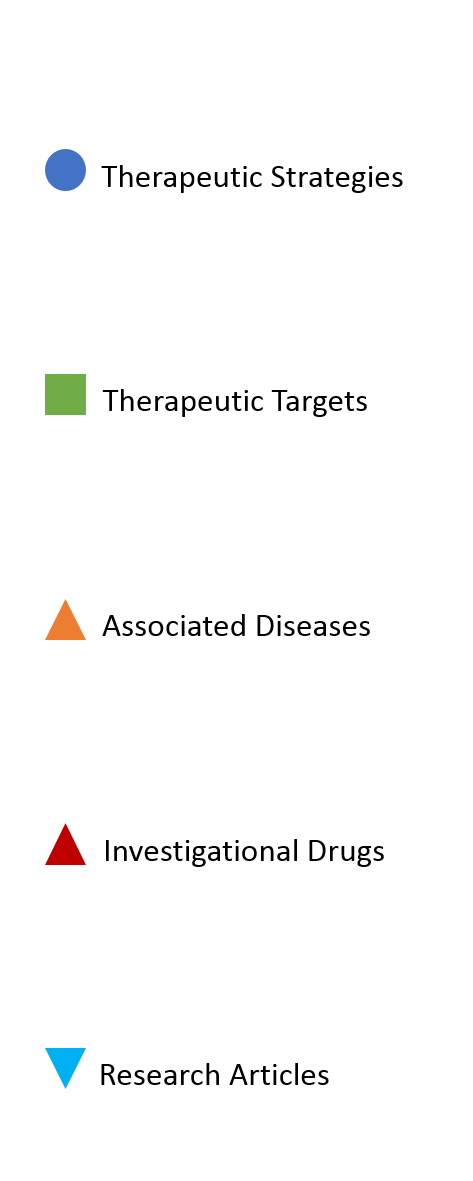Research Article Details
| Article ID: | A17584 |
| PMID: | 27733959 |
| Source: | Cureus |
| Title: | Hepatocellular Carcinoma in Nonalcoholic Fatty Liver Disease. |
| Abstract: | Our objective was to study nonalcoholic fatty liver disease (NAFLD) as a relevant risk factor associated with hepatocellular carcinoma (HCC) in patients with and without cirrhosis. HCC is a common cancer worldwide that predominantly involves patients with hepatic cirrhosis. HCC has recently been linked to NAFLD, the hepatic manifestation of obesity and related metabolic disorders. This association is alarming due to the high prevalence of NAFLD globally, which may contribute to the rising incidence of HCC. A 31-year-old female with a history of dyslipidemia, hypertension, and diabetes mellitus presented with abdominal pain that persisted for six months. The pain was associated with gastrointestinal symptoms and weight loss. She was drug-free and a nonalcoholic and a nonsmoker. The physical examination was unremarkable. The abdominal exam showed a soft and non-tender abdomen, with no organomegaly or ascites. The laboratory evaluation was unremarkable. The imaging studies showed a hypodense lesion in the right hepatic lobe with strong arterial enhancement. Subsequently, the patient underwent a liver biopsy. The histopathology results were consistent with HCC. The patient underwent an uneventful segment VI liver resection and tumor-free margins were achieved. In our patient, NAFLD was designated as an independent etiology for HCC, without cirrhosis. Our patient recovered well and has been disease free for over a year. HCC may complicate non-cirrhotic NAFLD with mild or absent fibrosis, greatly expanding the population potentially at higher risk of HCC. These results provide new targets for surveillance, prevention, early recognition, and effective treatment of HCC associated with NAFLD. |
| DOI: | 10.7759/cureus.754 |

| Strategy ID | Therapy Strategy | Synonyms | Therapy Targets | Therapy Drugs | |
|---|---|---|---|---|---|
| S08 | Lifestyle measures | Lifestyle intervention; weight loss; diet adaptation; dietary interventions; lifestyle modifications; Exercise | -- | -- | Details |
| S03 | Anti-fibrosis | fibrosis | Angiotensin Receptor Blocker (ARB); CCR2/CCR5 antagonist; Thyroid receptor β agonist; PEGylated human FGF21 analogue; Monoclonal antibody to lysyl oxidase-like 2 (LOXL2); Galectin-3 inhibitor; FGF19 variant | Losartan; Cenicriviroc; VK-2809; MGL-3196; Pegbelfermin; Simtuzumab; GR-MD-02; NGM282 | Details |
| Target ID | Target Name | GENE | Action | Class | UniProtKB ID | Entry Name |
|---|
| Diseases ID | DO ID | Disease Name | Definition | Class | |
|---|---|---|---|---|---|
| I13 | 3146 | Lipid metabolism disorder | An inherited metabolic disorder that involves the creation and degradation of lipids. http://en.wikipedia.org/wiki/Lipid_metabolism | disease of metabolism/ inherited metabolic disorder | Details |
| I12 | 10763 | Hypertension | An artery disease characterized by chronic elevated blood pressure in the arteries. https://en.wikipedia.org/wiki/Hypertension, https://www.ncbi.nlm.nih.gov/pubmed/24352797 | disease of anatomical entity/ cardiovascular system disease/vascular disease/ artery disease | Details |
| I05 | 9352 | Type 2 diabetes mellitus | A diabetes that is characterized by chronic hyperglycaemia with disturbances of carbohydrate, fat and protein metabolism resulting from defects in insulin secretion, insulin action, or both. A diabetes mellitus that is characterized by high blood sugar, insulin resistance, and relative lack of insulin. http://en.wikipedia.org/wiki/Diabetes, http://en.wikipedia.org/wiki/Diabetes_mellitus_type_2 | disease of metabolism/inherited metabolic disorder/ carbohydrate metabolic disorder/glucose metabolism disease/diabetes/ diabetes mellitus | Details |
| I14 | 9970 | Obesity | An overnutrition that is characterized by excess body fat, traditionally defined as an elevated ratio of weight to height (specifically 30 kilograms per meter squared), has_material_basis_in a multifactorial etiology related to excess nutrition intake, decreased caloric utilization, and genetic susceptibility, and possibly medications and certain disorders of metabolism, endocrine function, and mental illness. https://en.wikipedia.org/wiki/Obesity | disease of metabolism/acquired metabolic disease/ nutrition disease/overnutrition | Details |
